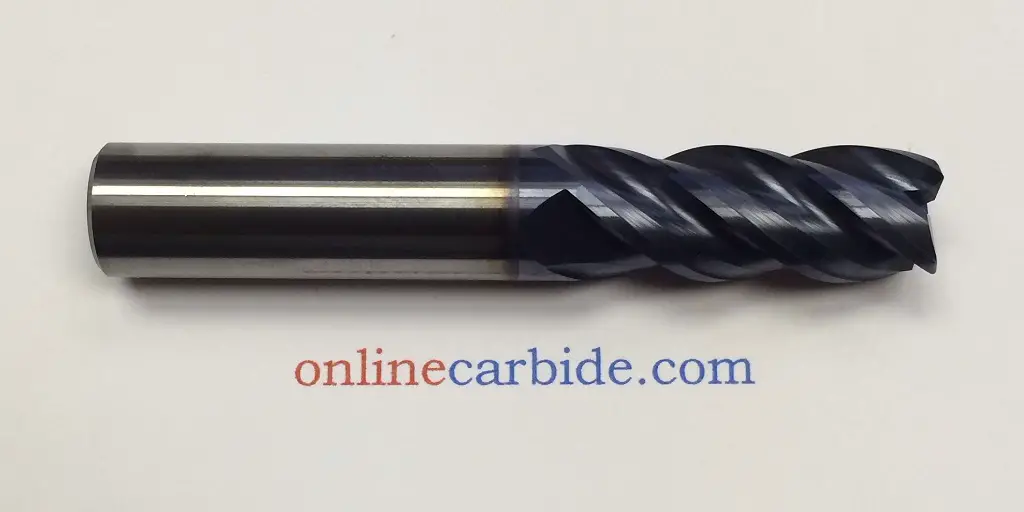As machinists, we have heard it all when it comes to solid carbide end mills. Some tout it as the end-all-be-all tool material and the future of the machining industry, others sing praises for its refractory and wear resistance properties. However, not many seem to actually explain why these tools offer objective advantages when compared to steel-based end mills and drills.
So, we asked a solid carbide end mills manufacturer located in US soil to provide some answers to the most frequently asked questions about their flagship product.
How Are Solid Carbide End Mills Manufactured?
Steel has been a favorite among tool manufacturers. It is cheap, tough, and flexible enough to be shaped into extremely sharp cutting tools. However, this malleability also plays against the material, making it impossible for operators to drive them past certain speeds and temperatures without risking catastrophic failure.
When machining aluminum and hardened metals, such as titanium or Inconel, using steel tools usually equates slowing down production to a crawl. In our highly mechanized society, low productivity represents a slow death of your workshop.
Carbide is not a homogeneous element, like other metals. Think of it as a building material very similar to concrete. In the same way gravel and cement are combined to form strong foundations for buildings, carbide grains are bonded together in a cobalt matrix.
The process is quite complex and solid carbide end mills manufacturers use their own unique formulas and processes that improve the quality and performance of their tools. But they all follow the same general principles.
First, refined and pulverized tungsten ore is mixed with carbon powder following specific ratios. A higher proportion of carbide will increase the tool´s hardness and make it more rigid. However, it will also make it more brittle. An increase in cobalt content will grant the tool enhanced toughness and flexibility.
The mix is then carbonized using high temperatures furnaces, then crushed, mixed again, and sifted through various filters that separate grain sizes for different uses. The mix is then pressed under incredible forces inside a die cavity. Lastly, the green carbide is fused into a cobalt matrix through a process called sintering.
The resulting material has incredibly high-temperature conductivity, meaning that it refracts and dissipates heat a lot more efficiently than steel, retaining most of its strength at temperatures far superior to those deemed safe for metal tools.
The superior hardness of this composite material also makes it ideal for cutting abrasive materials. Carbide allows operators to adopt more aggressive tool paths and feed rates which, in turn, increases production and reduces tool change cycle times. Enhanced hardness also means sharpness retention and better surface finish, yielding better-finished part quality.
One caveat many like to bring up is the increased cost of carbide tools when compared to cheap steel. However, carbide tools allow workshops to end up with a much higher stack of finished parts at the end of the day without having to go through a stack of tools. If you need high-performance tools at the best prices, contact Online Carbide today. They are the best solid carbide end mills manufacturer with incredible prices and shipping options.
For more information about Variable End Mill and Chamfer End Mill Please visit: Online Carbide.






